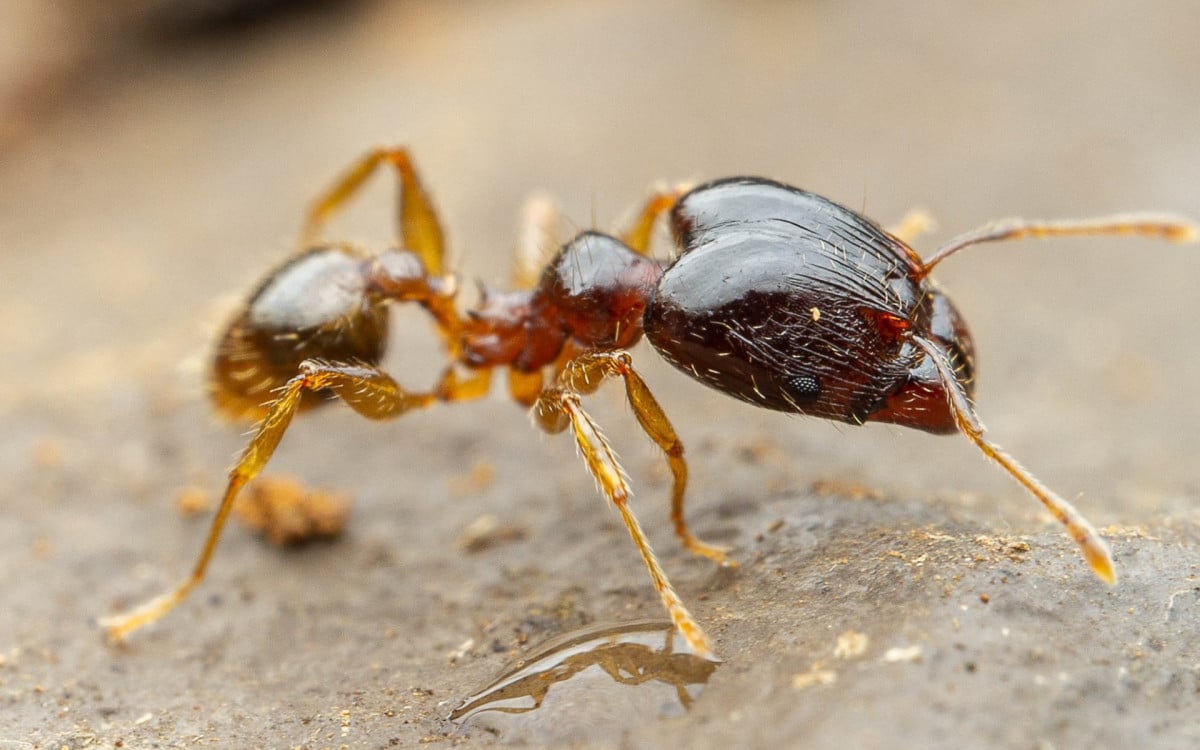Posted on 04/02/2024 at 22:26
When a lion decides to hunt a zebra, nothing can stop him, right? mistake. Researchers have just discovered that these massive predators are being held back by tiny enemies: the big-headed ant (Pheidole megacephala). Or at least that's what happens in a park in Kenya. The spread of these invasive ants triggered a chain of events that eventually led to lions killing far fewer zebras. The work was published in the latest issue of the journal Science.
“I was very impressed,” said Todd Palmer of the University of Florida, co-author of the study. “The decline in zebra mortality is directly linked to the end of the crucial relationship that existed between native ants and the trees in which they lived, which ultimately led to the loss of protection for lions.”
According to him, this discovery highlights the importance of interactions between different species. “We always talk about species conservation in the context of separate species,” he said. “But these interactions are the glue that holds the whole system together.”
20 years ago, the savanna was covered with acacia trees. These leafy trees provided food and shelter for the native ants, and in return the insects protected the trees from elephants. Whenever the elephant tried to reach leaves or tree trunks, he was attacked by ants, which crept into his trunk and stung him, forcing him to move away.
This stable relationship between acacia and native ants, called mutualism, ensured the survival of both for many years. But an invasive species of ants ended up interfering with the successful relationship, setting off a chain of events that ended up changing the eating habits of elephants and lions.
Two decades ago, the area was invaded by loggerhead ants, said Jacob Goheen, a professor in the Department of Zoology and Physiology at the University of Wyoming and co-author of the study.
These ants are relatively small—about a third the size of their cousins that lived on acacia trees—but they are very dangerous.
They form giant colonies, numbering hundreds of thousands of individuals, and annihilate entire populations of native ants every time they encounter a single ant. This ended up leaving the acacia trees unprotected and vulnerable to elephants, who, in addition to eating their leaves, began tearing up their trunks.
The Butterfly Effect
“We are seeing large open areas where dense acacia tree cover has given way to reduced vegetation,” said Douglas Camaro of the University of Wyoming, who was also involved in the research.
According to him, in the last 20 years, 70% to 80% of trees have been cut down. The shift in the ecosystem has made it difficult for lions to hunt zebras, their most common prey.
Traditionally, the element of surprise is part of lion hunting strategy. They hide behind trees, waiting for the best moment to attack the zebras.
In more open areas, with low vegetation, zebras can see their predator from afar and have time to escape. According to scientists' statistics, lions were three times more likely to hunt zebras when the park was covered with trees.
“The environment is really a mess. It's very difficult to study interactions between multiple species,” said Caitlin Gaynor, a professor in the Department of Zoology at the University of British Columbia. Caitlin was not involved in the study, but wrote a manuscript about the work that was also published in the journal Science.
“What this study did, very elegantly, was follow change step by step, through this complex network of interactions, and provide scientific documentation for the so-called butterfly effect,” she said.

“Hardcore beer fanatic. Falls down a lot. Professional coffee fan. Music ninja.”






More Stories
The law allows children and adolescents to visit parents in the hospital.
Scientists pave the way for the emergence of a new element in the periodic table | World and Science
Can dengue cause hair loss? Expert explains how the disease affects hair